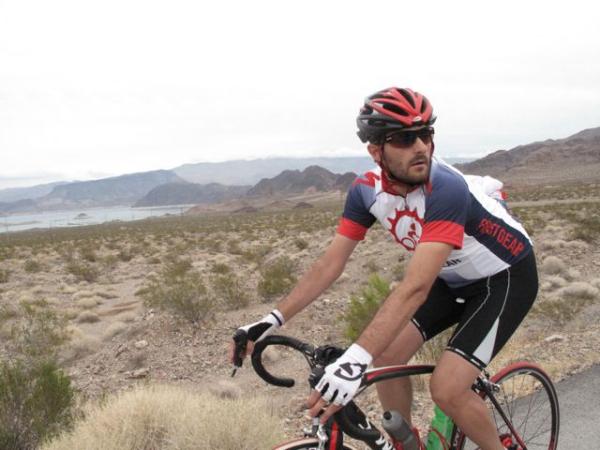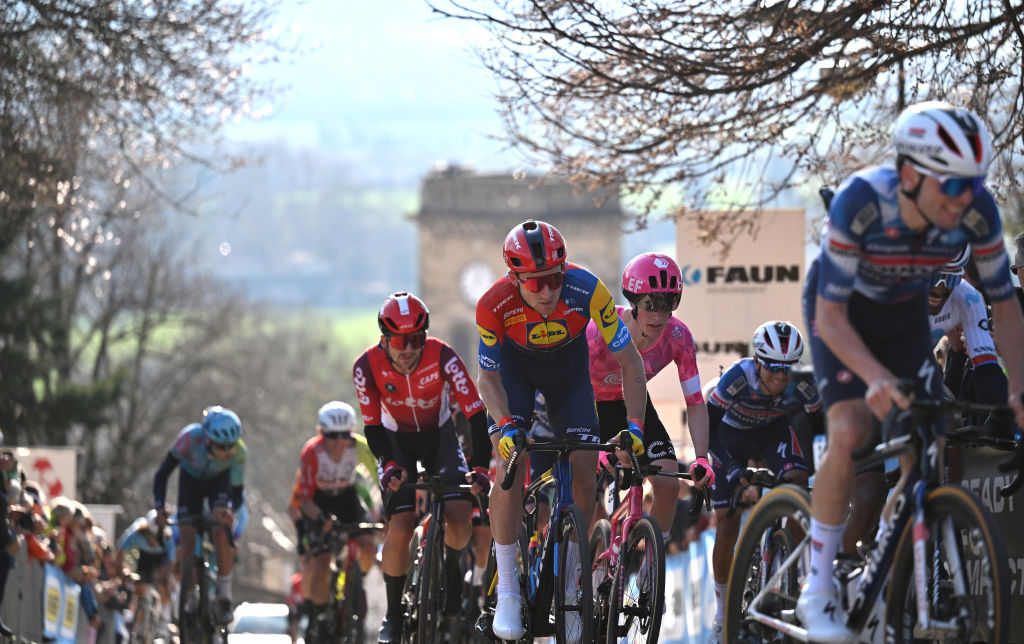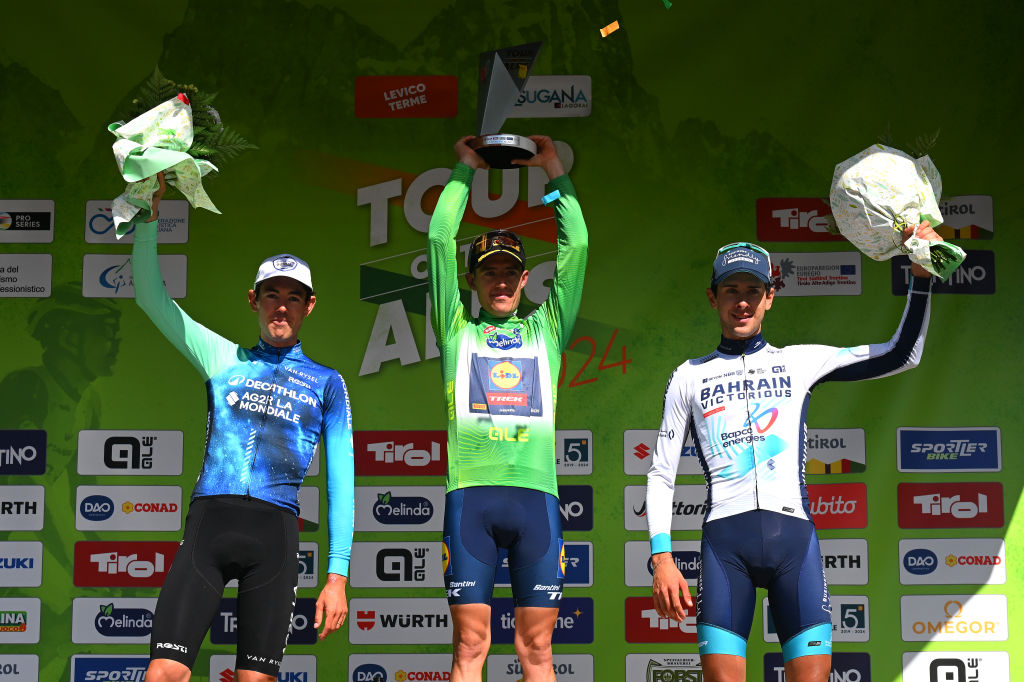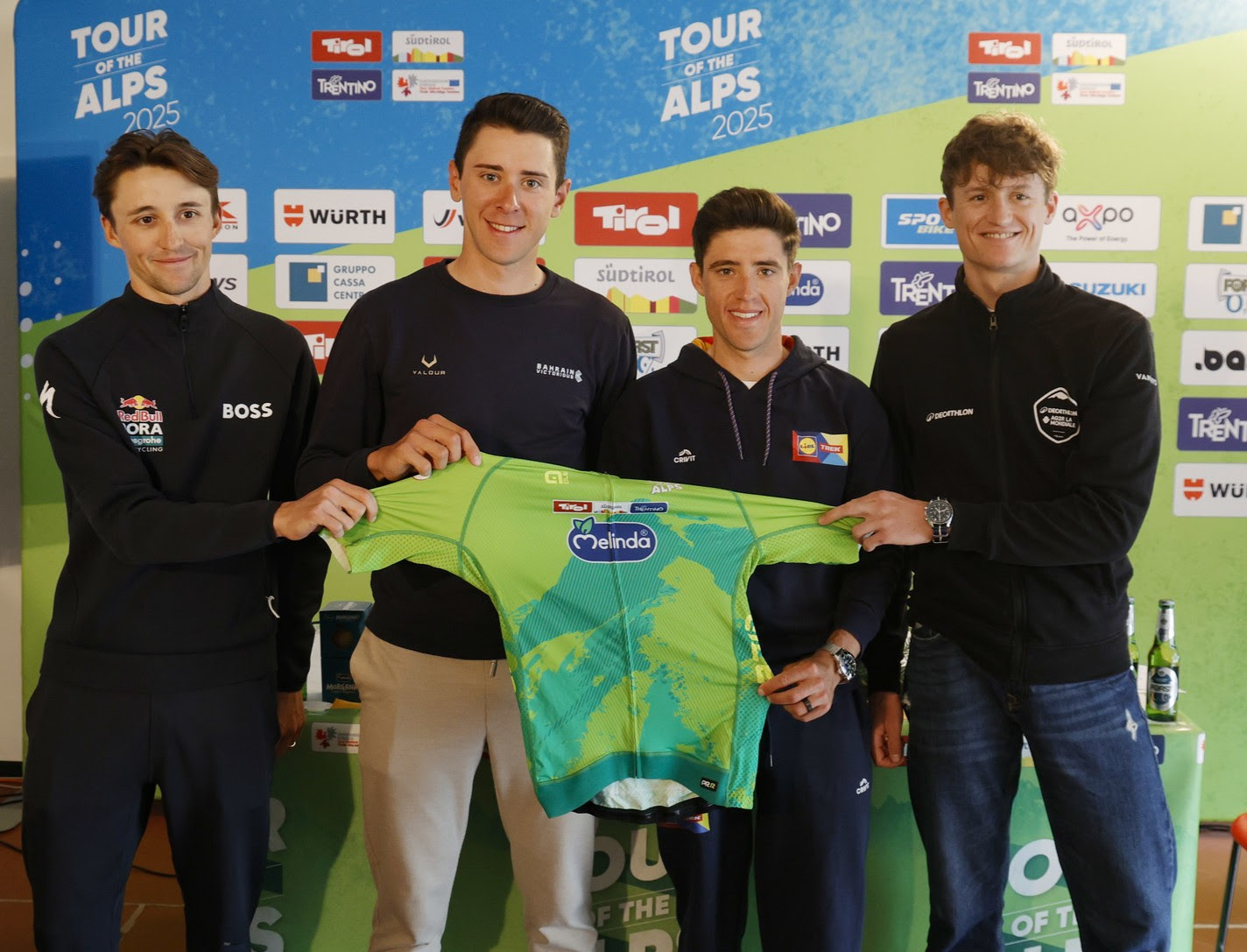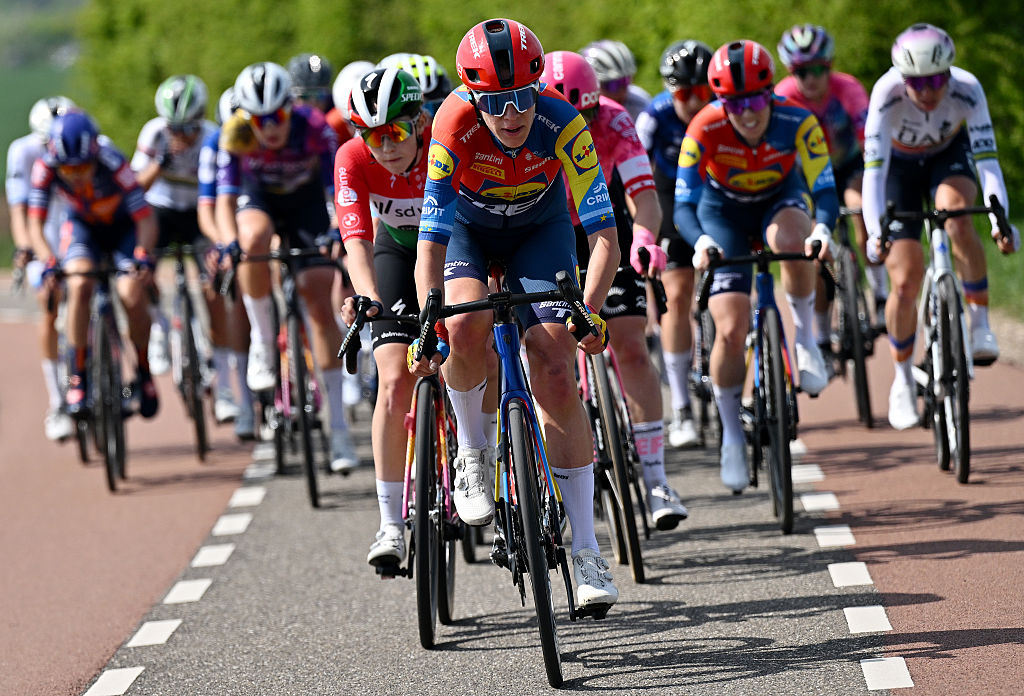Paris - Roubaix parcours with Andreas Klier
Key details, map, and profile
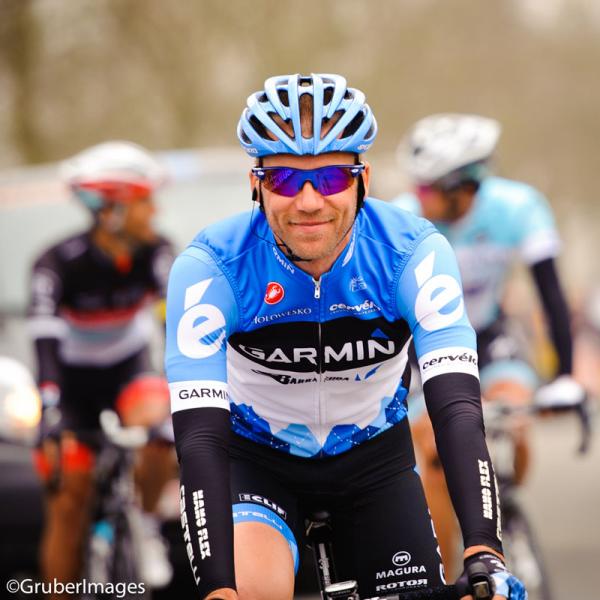
With over ten Paris-Roubaix under his belt and a wealth of road knowledge, Andreas Klier (Garmin- Barracuda) is one of the most respected riders in the peloton. The German was an instrumental part of Johan Vansummeren’s win last year, and with his teammates affectionately nicknaming him ‘GPS’, his experience is almost second to none when it comes to tactics, planning and racing in the cobbled classics.
This year’s Paris-Roubaix with its 27 sectors of pave could prove to be one of the most exciting editions of the race in recent years. With forecasts for rain, race favourite Fabian Cancellara out and numerous teams hoping to salvage their spring campaigns after an Omega Pharma-QuickStep shut out, Cyclingnews sat down with Klier to discuss the parcours and possible race scenarios.
The first major obstacle in Klier’s eyes is the first section of pave, which comes after 97 kilometres of racing. It may not be the most taxing in terms of distance, but the Troisvilles a Inchy sector, at 2.2km in length, could play a huge part in determining the rest of the race.
“It’s not where you win the race but it’s where you can lose it. Even when you dive in first and second and your leader is in front of you, if he has a flat tire and you give him your wheel all you can do is put in the flat wheel and ride the end of the section.”
Position is key to any race but the pave are so demanding that riders with aspirations of winning must fight to be at the front of the race as they enter each section. Klier believes that a leader needs his teammates around him but having supported the likes of Thor Hushovd and Erik Zabel in the past, Klier says that the best position as riders enter cobbled sections is behind their leader, not in front.
“Ideally on the pave you want to your leader on your front wheel, not your back wheel. And in front of him you want someone but it doesn’t have to be a teammate. He can choose his own position and where he’s happy, if there’s a problem and because he doesn’t have eyes on the back of his head you can react faster.
“At a certain point you want to be leading him though. So when you have your plan and you’re leading him out. Your plan isn’t to just stay behind him all day and wait until you’re dropped from his wheel.”
The Arenberg Forest
The next key section in the race is arguably the Trouee d’Arenberg. Coming after 172km of racing, and at 2.4 kilometres in length, it has seen many a rider fall by the wayside.
“If it’s dry then maybe the section before Arenberg is important. You need to be placed well with your leader and then you sprint into the Arenberg and from that point on every section is important,” Klier says.
“Even if you’ve done the cobbles 5 or 10 times it’s important to go and look at the cobbles. Last year’s edition for example, you could ride a lot in the grass maybe you can’t do that this year. Also a lot depends on the wheels and the tires. Can you ride with them in the dirt?”
“At Arenberg you want to be first and when someone goes passed you, you can jump straight on their wheel. The moss in between the stones, that’s what makes Arenberg so dangerous and you shouldn’t touch the brakes. We’re sprinting into there at 60kph if there’s a tailwind. You’re going full gas, you jump onto the pave and the first 20 riders immediately slow but the 25th rider is still sprinting. That’s how crashes happen.”
Exiting the Forest is also a treacherous stretch. The road is wide, open and flat but having pushed the pace through Arenberg riders tend to ease off, turn their heads as they assess the damage they’ve inflicted on the rest of the field. Looking backwards can lead to riders weaving over the road and crashing.
“After that section you’re tired so you need to watch out, there can be crashes because a lot of riders are looking around and behind them.”
There are several more sectors of pave to come but the Carrefour de l’Arbre at 240 kilometres could decide the race. Countless winning attacks have been launched from the sector and although there are a further three sectors to come, the Carrefour de l’Arbre is so demanding that the strongest riders will be the only ones remaining in contention by the time the leaders make their exit.
“Carrefour de l’Arbre is the place where the best five or six riders will hit the section together. Five or six will go in but not that many will come out. They’ll hit that section and go full gas. The other sections are not that difficult but that section is so difficult. It’s a sharp left, sharp right, straight, then left again and then a long straight line with bad pave. You know it’s not far until the finish so if you attack there you can make it. It’s like attacking on the Poggio.”
“If you come to that section with five other people and you have the legs there’s not much you can do wrong. If you go through the corners, open the gas, it’s not a tactical thing. Just close your eyes and go. It’s where Boonen won in 2009 or Van Petegem, or when Thor crashed. It’s the place where you shouldn’t think. You should just go. It’s not too early. That’s if I had the legs and skills. That’s where Johan went last year too.”
No Cancellara
With Fabian Cancellara at home in Switzerland nursing a broken collarbone, the complexion of the race has altered. The RadioShack leader was perhaps the favourite and his powerful style perfectly suited to stretching the entire field to breaking point. With Cancellara out, Klier sees a different race on the cards.
Information
Cobbled sectors: 27 (51.5 kilometres in total)
Distance: 258 kilometres
Description: Monument of Cycling
Map
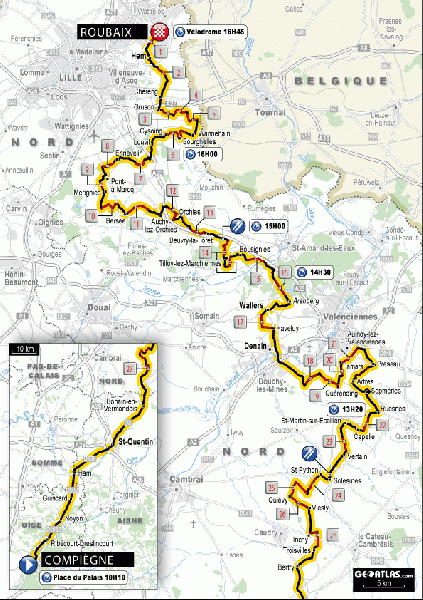
Profile

Get The Leadout Newsletter
The latest race content, interviews, features, reviews and expert buying guides, direct to your inbox!
Daniel Benson was the Editor in Chief at Cyclingnews.com between 2008 and 2022. Based in the UK, he joined the Cyclingnews team in 2008 as the site's first UK-based Managing Editor. In that time, he reported on over a dozen editions of the Tour de France, several World Championships, the Tour Down Under, Spring Classics, and the London 2012 Olympic Games. With the help of the excellent editorial team, he ran the coverage on Cyclingnews and has interviewed leading figures in the sport including UCI Presidents and Tour de France winners.
Latest on Cyclingnews
-
Tao Geoghegan Hart returns for Tour of the Alps-Tour de Romandie double after Catalunya illness setback
'I'm happy with the level that I've reached in training, but I want to show it in the race' says Brit after adjusting early-season plans -
How to watch Tour of the Alps 2025 – Live streams, TV coverage
All the broadcast information for the mountainous stage race this week -
Top favourites Jai Hindley and Antonio Tiberi predict open, aggressive Tour of the Alps in key pre-Giro test
'I'm really keen for the racing' says Australian on eve of five-day race in Italy and Austria -
Favourites miss out as breakaway fights for victory in women's Amstel Gold Race
'Since all teams were there, they had a really good chance' says Marianne Vos
